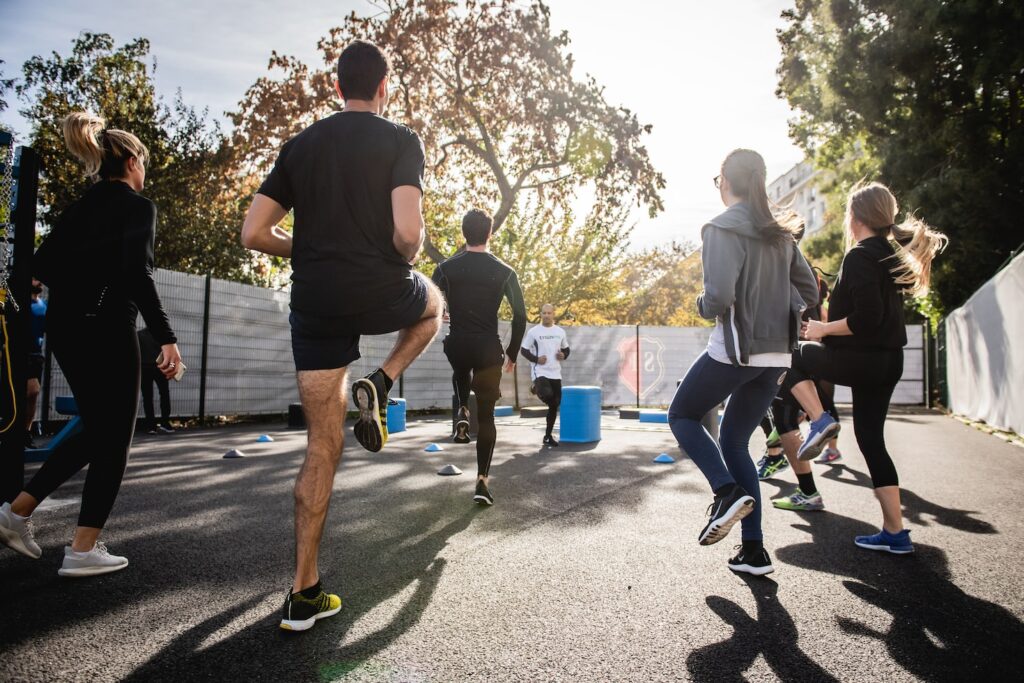Playing it Safe: Strategies to Prevent Muscle Strains in Padel
3 min read
Playing it Safe: Strategies to Prevent Muscle Strains in Padel
Introduction
Greetings, fellow padel enthusiasts! If you’re anything like me, you can’t get enough of this thrilling sport. However, as much as we love padel, we must take care of our bodies to prevent muscle strains. After all, what good is a powerful swing if you’re sidelined with an injury? Today, I’ll be sharing some helpful strategies to keep you on the court and off the bench. So, let’s dive in and learn how to handle muscle strains from padel!
Warm-up and Stretch
Before jumping into a fierce match, take the time to warm up your muscles and stretch properly. A light jog or some dynamic exercises will get your blood flowing and prepare your body for action. Remember to incorporate movements that mimic the motions you’ll use during the game. Then, move on to stretching your major muscle groups, paying special attention to your arms, shoulders, legs, and back. By warming up and stretching, you’ll reduce the risk of muscle strains and increase your performance.
Proper Technique
One of the most common causes of muscle strains in padel is using improper technique. Don’t worry; it happens to the best of us! To avoid straining your muscles, focus on using the correct paddling technique. Keep your movements smooth and controlled, paying attention to your stance, grip, and swing. Engage your core muscles while maintaining a relaxed posture to reduce the strain on other parts of your body. Remember, it’s not just about power—it’s about efficiency and form.
Conditioning and Strength Training
Padel is a dynamic sport that demands strength and endurance. To prevent muscle strains, it’s essential to incorporate conditioning and strength training into your routine. By improving your overall fitness levels, you’ll develop stronger muscles, better stability, and a reduced chance of injuries. Include exercises that target your legs, core, and upper body, such as lunges, squats, planks, and resistance training. With a robust foundation, you’ll be able to handle the demands of padel without pushing your body to the breaking point.
Rest and Recovery
Now, let’s talk about the importance of rest and recovery. Don’t underestimate the power of giving your body time to heal after intense padel sessions. Make sure to schedule rest days throughout the week to allow your muscles to recover and rebuild. Additionally, prioritize proper sleep and nutrition to optimize your recovery process. By allowing your body to replenish its energy stores and repair any minor muscle damage, you’ll decrease the risk of strain and be ready for your next exhilarating match!
Listen to Your Body
Lastly, always listen to your body and address any warning signs it may give you. If you start feeling a sharp pain or feel like something isn’t right, don’t push through it. Ignoring pain and discomfort can lead to more severe injuries. Instead, take a break, apply ice to the affected area, and consult with a healthcare professional if necessary. It’s better to be safe than sorry, and a short break can save you from prolonged downtime.
Conclusion
Now you’re armed with a set of strategies to prevent muscle strains in padel! By taking the time to warm up, use proper technique, condition your body, rest and recover, and listen to your body, you’ll greatly reduce the risk of muscle strains and maximize your enjoyment of this amazing sport. So, next time you step onto the padel court, do so with confidence, knowing that you’ve got the knowledge to keep yourself safe and injury-free. Play it safe, my friends, and see you on the padel court!






